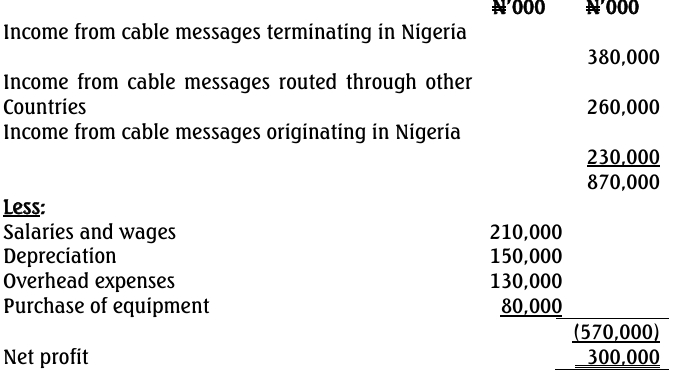- 20 Marks
IA – OCT 2022 – L1 – Q6 – Depreciation Concepts and Calculations
Explain depreciation-related concepts and compute depreciation and net book value for solar equipment using straight-line method.
Question
a. Briefly explain the following concepts used in Accounting:
i. Depreciation
ii. Depreciable amount
iii. Net book value
iv. Straight line depreciation
v. Reducing balance depreciation
(10 marks)
b. The Managing Director of Agana Limited located at the Manya Krobo Municipality is uncomfortable with the impasse between the Municipality and the Electricity Company of Ghana. As such she decided to install solar equipment for her company. She purchased the equipment on 4th July 2021 at a cost of GH¢ 520,000. The estimated useful life of the asset is 10 years with a residual value of GH¢ 35,000. The company’s policy is to provide for a full year’s depreciation regardless of the date of purchase. You are required to:
i. Compute the rate of depreciation for the solar equipment using the straight-line method (2 marks)
ii. Compute the depreciation for the year 2021 using the straight-line method (4 marks)
iii. Compute the Net present value of the asset as at 31st December 2021 (4 marks)
(Total: 20 marks)
Find Related Questions by Tags, levels, etc.



